By Anagha Madhan
What comes to mind first when you think of ballet? Is it lavish performances in red velvet curtained theatres, or prestigious schools with tuition fees as high as the jumps of the ballerinas that attend? It’s not a surprise that a lot of people believe that ballet is only for the rich. This art form has long been wrapped in a veil of exclusivity with its selective nature, and is often seen as a pursuit reserved for those with deep, satin lined pockets.
However, as it is with many things that have stuck with us throughout the epochs of human history, we have to question if this is really still the case today?

Palucca University of Dance-Work-Study Program
Although ballet is often associated with high society – complete with the image of polished, competitive dancers and strict, demanding teachers in an exclusive, distant world—it is quietly breaking away from this outdated stereotype. In reality, the ballet world is filled with dancers and schools trying to break down barriers – making this beautiful form of expression accessible to all, regardless of income. From a steady rise in community programs to multiple scholarships, ballet is proving that it is not just for the privileged few.
Let’s dive into the real costs and the ways in which ballet is becoming a beautiful, inclusive space for all patrons of dance and the arts. By the end of this, you will see that ballet belongs to anyone with passion, and that has nothing to do with a big bank account.
The Real Costs of Ballet: A Financial Reality Check
The idea of ballet being only for the rich stems from an understandable assumption – the costs involved are major, and let’s be honest, it isn’t the cheapest hobby. Shelling out 3000 rupees for a pair of tights would make anyone question if this is a cost that can be shouldered. Whether you’re starting out as a young student, or getting into ballet at an advanced level, one thing is true – the costs can add up quickly. But how expensive is it, really? Let’s break it down.
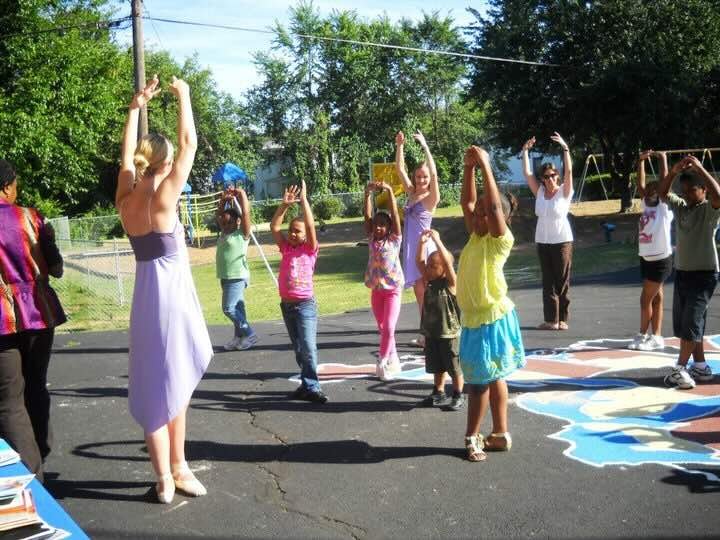
Stavna Ballet – Dance Outreach Programme
Tuition Fees
At its core, ballet training requires formal classes, and those come with a price tag. Ballet is not something you can learn at home from a youtube video, and it’s certainly not safe to do so. Depending on the studio or the school, the costs of lessons have a range – from relatively affordable programs to premium classes at dance academies. In countries like India, where ballet is just starting to take root, there aren’t these many options; hence, there aren’t a lot of comparisons of price either. Ballet classes in India, while growing in popularity, are usually concentrated in larger cities like Mumbai, Delhi, and Bengaluru. The options can be far more limited than in a country where ballet is a widespread tradition – and such a lack of availability can also drive up the costs:
- Local Studios: A beginning ballet class might range from ₹700 to ₹1500 per class, with students attending classes once a week to start off, and later moving on to multiple times a week. Usually, however, a dance class can be paid for in bulk or in terms, and such an offer does usually make costs more available
- Affiliations and programs: Some studios partner with international ballet examination boards like the Imperial Society of Teachers Dancing (ISTD) or the Royal Academy of Dance (RAD). These offer training aligned with international standards, which provides students with the chance to be certified by these boards. This, of course, increases quality and price. It must also be noted that the price range isn’t linear, and completely depends on the interests and goals of the students. Understandably, for students aiming to pursue a serious ballet career, these costs can reach high amounts because at that point, ballet training is treated as an equal to schooling.
It is understandable why these fees seem daunting for many families, especially in a country where ballet is seen as a niche art form. However, there are passionate companies and people around who are committed to expanding ballet’s reach. In recent years, we’ve seen the emergence of more scholarships, and even free or subsidised lessons to talented students from underprivileged backgrounds. Ballet is claiming its place as a holistic art form that fosters both creativity and discipline in children!
Baller Gear: Shoes, Attire, and Accessories
Sourcing ballet gear can also be a hurdle. Unlike countries with a more established ballet infrastructure, where gear is readily available in specialised stores, Indian dancers have to often rely on international brands or online retailers:
- Ballet shoes: A pair of ballet slippers costs ₹1500 to ₹2000, depending on the brand and the quality. Pointe shoes are significantly more expensive, ranging from ₹4000 to ₹5000. Shoes are an integral part of ballet and will need to be changed as the student’s feet grow and/or as the shoe wears out.
- Leotards and tights: Basic leotards start at around ₹1400 but higher-end designs or imported brands can definitely cost much more. Tights may cost a student around ₹1000.
- Costumes and accessories: For performances, costumes are often custom-made, and can vary depending on the complexity of the design, and how many costumes the student requires. This can add another ₹5000 to ₹10000 to the overall expenses.
Certification & Examinations
Some students will want to participate in examinations through international boards like the ISTD. This can include exam fees.
Students might also want to enhance their skills by attending overseas ballet intensives, which can also be expensive. However, in recent years, many options of financial aid and scholarships are available for interested students.
To give these expenses some perspective, it is important to compare ballet to other extracurricular activities common in India, such as sports, music, or other dance forms.
- Sports: Competitive sports like cricket, basketball, or tennis, also come with significant expenses. An hour’s training can come up to ₹1200 for basketball from a reputable academy, and it’s understandable that costs would rack up when we account for gear and travel.
- Music Lessons: Learning an instrument like the piano or the violin can also be quite expensive. Quality instruments alone can cost up to a lakh, and private lessons often range from ₹1000 to ₹3000 per hour. Much like ballet, these are ongoing costs and can add up quickly, especially for students pursuing advanced training.
These associated expenses highlight a crucial point: excelling in any field, whether ballet, tennis, or cricket, demands both time and financial investment. What’s key is the commitment level and the opportunities these activities provide for personal growth, discipline, and physical development. These comparisons show that all these extra curricular activities prove to be just as demanding in terms of time, commitment, and financial outlay. Despite that, families across India invest in these due to the long-term benefits they provide – discipline, focus, and an appreciation for sportsmanship and the arts.
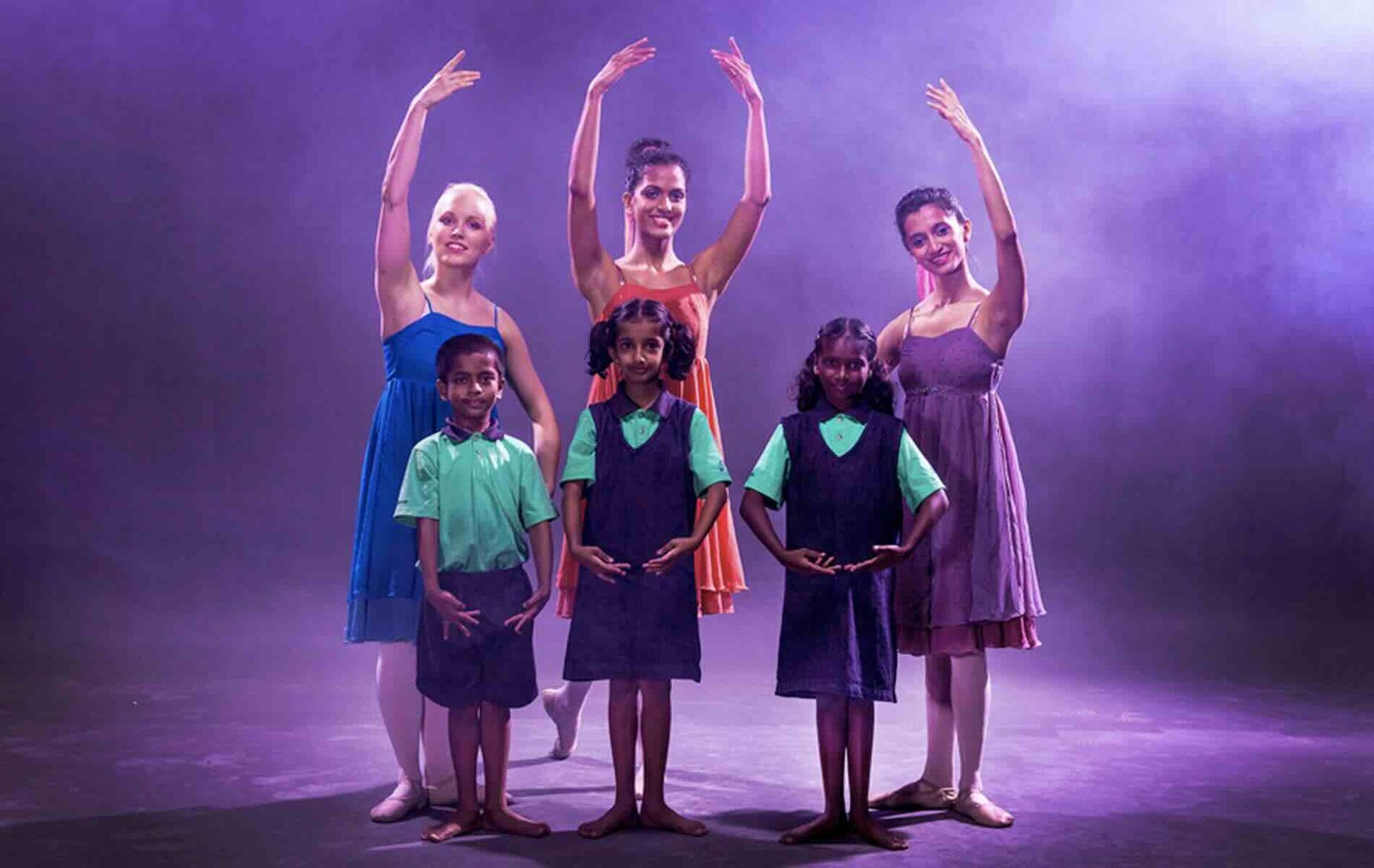
TLFCB Outreach Programme with Parikrma Foundation
Why This Comparison Matters
The purpose of this comparison is not to downplay the financial challenges that come with pursuing ballet. It is about recognising that similar investments are made across various disciplines. The costs associated with ballet, while significant, are not unique when compared to many other activities that are willingly supported – be it the arts, academics, or sports.
Ballet, just like tennis or piano, is an activity that requires dedication – emotionally, physically, and financially. But just as in other domains, students and families who prioritise their passion find ways to meet these demands, seeing the value in the lifelong skills and growth it offers. The narrative that ballet is exclusively for the rich ignores the fact that many families across the world make similar investments in sports, music, or other forms of artistic education.
At the end of the day, it’s not about how much money you have – it’s about where you choose to invest in you or your child’s personal development. Just like cricket, piano, or even bharatanatyam are no longer seen just as hobbies for the privileged, ballet too is soon becoming an activity for anyone with the drive and desire to pursue it, regardless of financial background.
Initiatives and Programs
There are numerous programs and initiatives aimed at making ballet more accessible to people from all financial backgrounds. Around the world, and increasingly in India, the dance community is taking steps to break financial barriers that deter aspiring dancers. From scholarships to community driven programs, the dance world is looking for ways to ensure that ballet belongs to everyone.
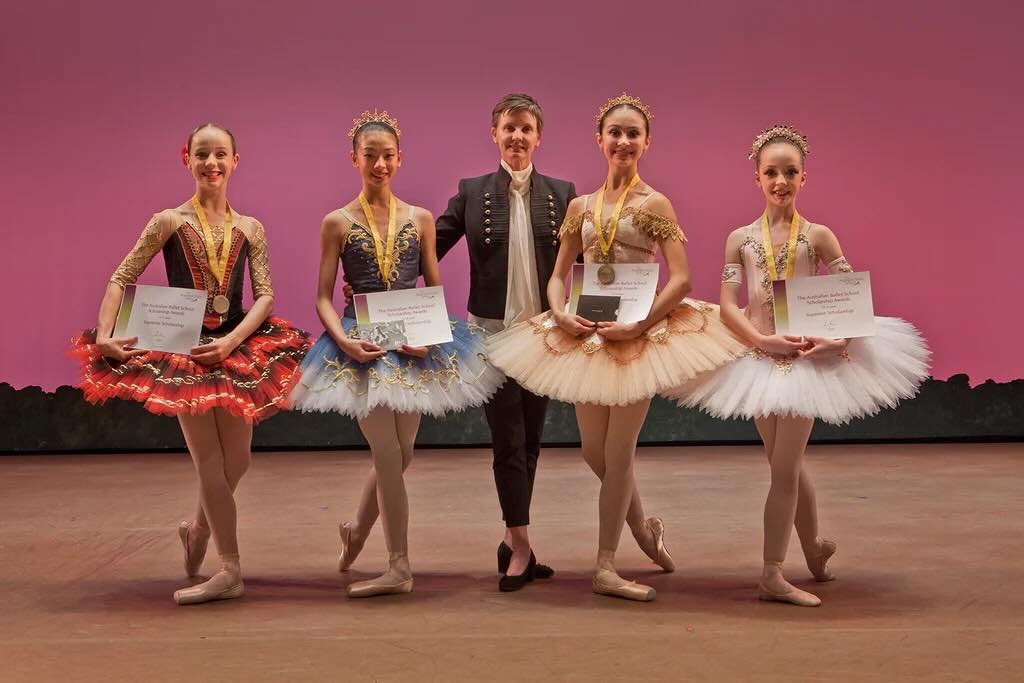
Australian Ballet School Scholarship students
Scholarships and Grants
One of the most significant ways ballet is becoming more inclusive is through scholarships and grants. Many schools, especially those associated with international boards such as ISTD, RAD or ABT (the American Ballet Theater) offer merit-based and need-based scholarships to talented students who may not be able to afford a complete tuition. These are designed to ensure that an individual’s passion and talent are the deciding factors in their ability to train, rather than their family’s financial circumstances.
Some studios in India are also beginning to follow this model of local scholarships. These allow dancers from all walks of life to pursue their passion, covering not just their tuition but also the cost of shoes, attire, and examination fees. The growing number of Indian dancers receiving scholarships to international summer programs and training abroad is proof that financial limitations can be overcome through the support of such initiatives.
Non Profit Organisations
These also play a crucial role in making ballet affordably. Globally, many nonprofits are focused on bringing ballet to underprivileged communities, offering free or low-cost lessons to children who may otherwise never have access to dance training. In India as well, there are grassroots movements and local organisations working in outreach to spread the joy of dance to children in schools and community centres. One such outreach programme is TLFCB’s work with the Parikrma Foundation, providing ballet classes and dance in education to 180 students over the past 13 years.
Additionally, programs that combine ballet with social empowerment are emerging, using dance as a tool not only to teach technique but to heal from previous trauma, building confidence, self-expression, and discipline. There are countless stories of organisations and individuals who are working to make ballet more inclusive. For instance, nonprofits in the U.S. like Dance Theatre of Harlem and Ballet Hispánico have made it their mission to ensure that talented dancers from underserved communities have the opportunity to train and perform, often going on to professional careers in dance.
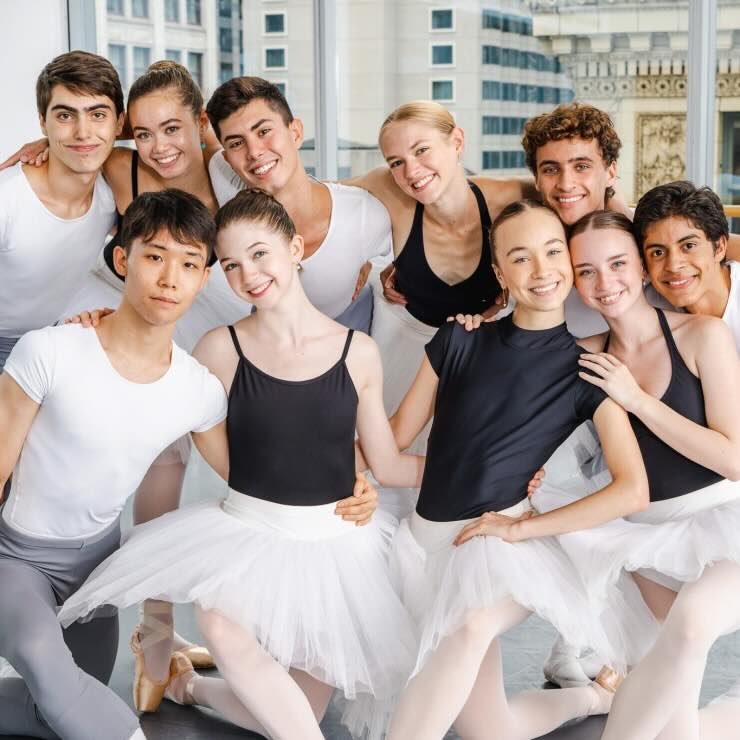
Joffrey Ballet – Scholarship Students
Passion Finds A Way
For countless dancers across the world, financial limitations are a real challenge, but time and again we can see how determination and resourcefulness overcome these obstacles. Dancers who lack financial means often find ways to pursue their dreams through other solutions that make ballet more accessible.
Second-Hand Gear and Donations
One of the most immediate ways to reduce financial burden is through second-hand gear and equipment. Ballet requires a specific uniform: tights, leotards, and most importantly – shoes. But dancers have found ways to acquire these items at reduced costs.
- Second-hand stores and online marketplaces: In many countries, second-hand dance stores and online platforms like eBay are popular places for dancers to purchase gently used gear. Dancers resell items they have outgrown or only gently used, and make quality ballet attire affordable for other dancers. Some communities have established local ballet exchange programs, where dancers can swap gear with others.
- Donations and charity initiatives: Charitable organisations and local dance schools host donation drives where gear is collected and distributed to dancers in need. These initiatives help reduce the cost barrier for low income families.
Volunteering and Work-Study Programs
Many schools around the world recognise that some students may struggle with the costs of lessons and performances. To help these students, several schools offer work-study programs or volunteer opportunities in exchange for free or discounted lessons. This system enables students to offset their tuition fees by contributing to the school.
- Work-study programs: Students assist with tasks around the studio, such as helping students in class, organising costumes for performances, or other administrative duties. In return they receive a reduction of fees or even complete scholarship
- Volunteering opportunities: Volunteering in community projects also provides a way for dancers to access training. Some non-profit organisations offer free or reduced-cost lessons to students who participate in community outreach programs, helping to teach younger children or bringing ballet performances to underprivileged communities.
Ballet for Everyone
Ballet’s reputation as an art form for the elite is fading as its global reach expands. Ballet is now flourishing in countries with diverse income levels, proving that it is no longer a privilege reserved for the wealthy. From state-funded programs in Cuba to non-profit organisations in South Africa, ballet is being embraced by communities all over the world.
As ballet takes root in more diverse environments, it is clear that it is no longer confined to the elite. It has become a universal language of expression, determination, and grace, open to anyone with the drive to dance. The global spread shows that ballet is truly for everyone and will adapt to any place where there is passion – regardless of background, wealth, or geography.

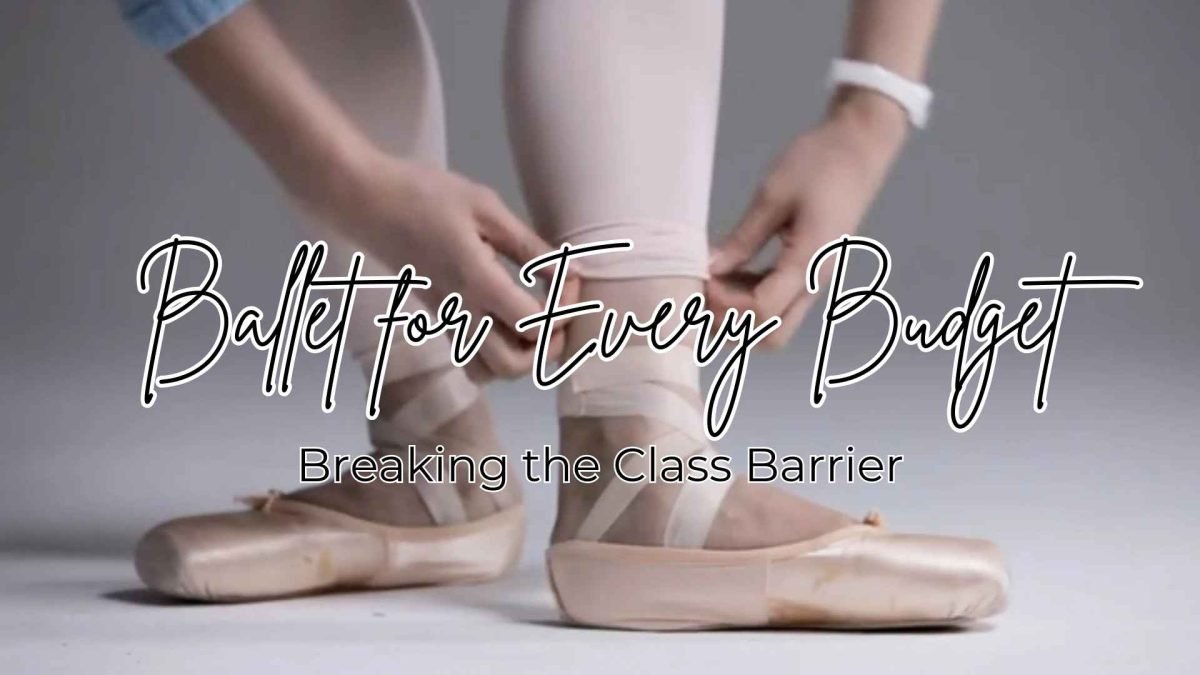






Leave a Reply